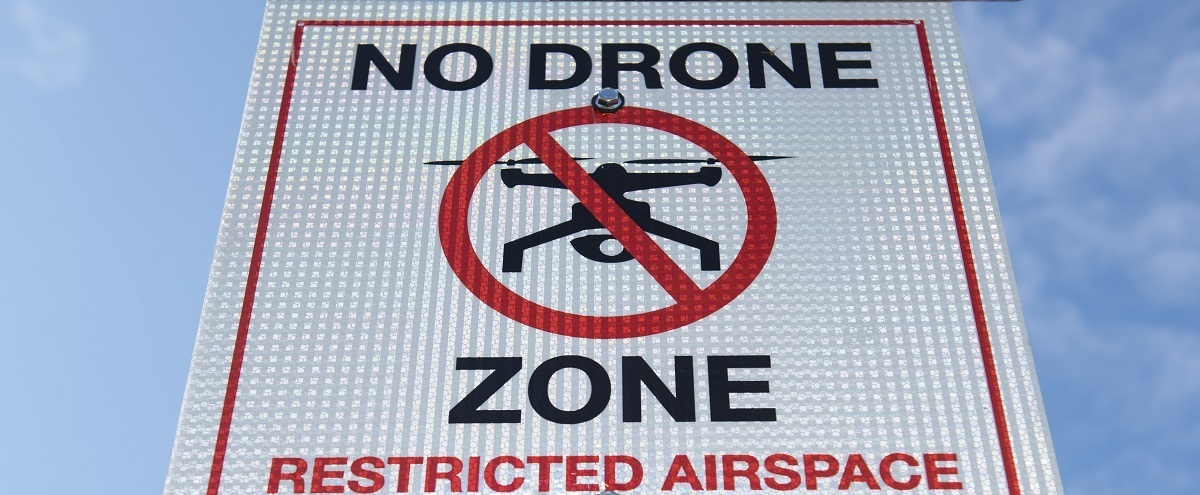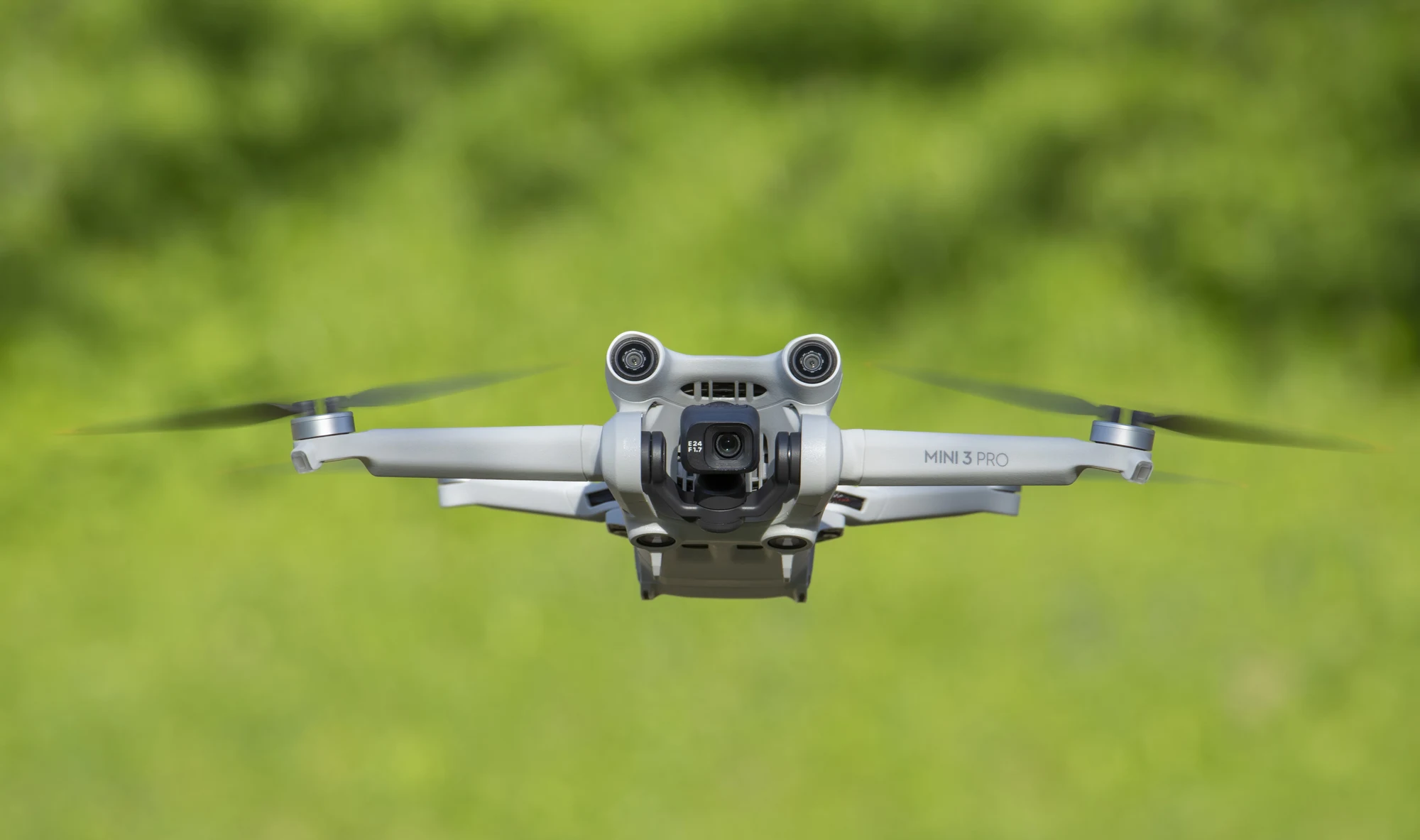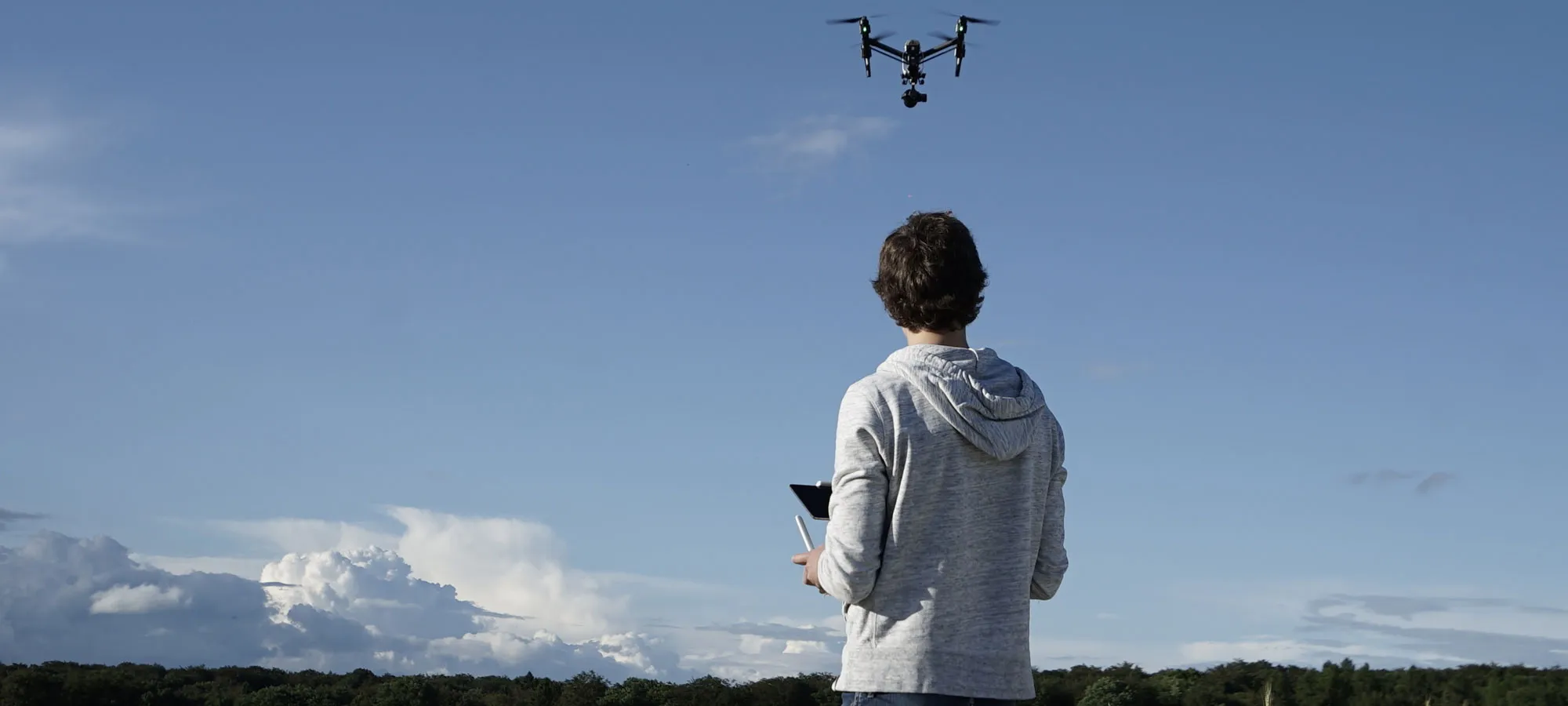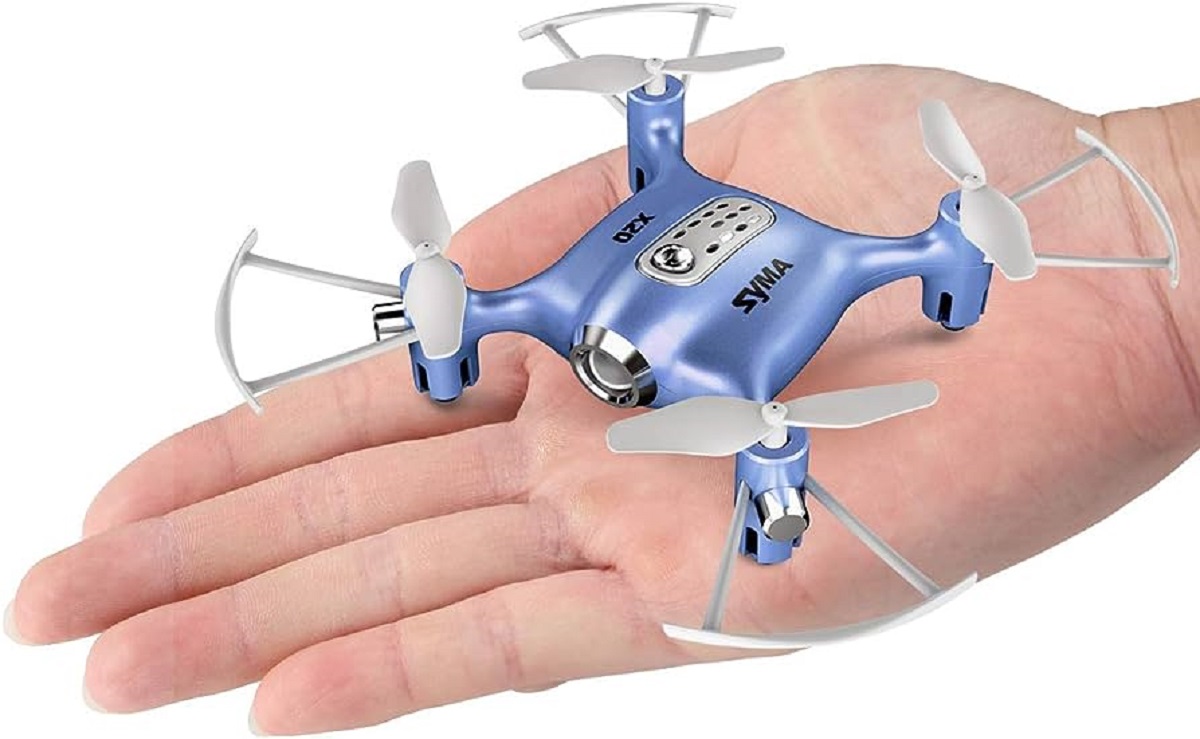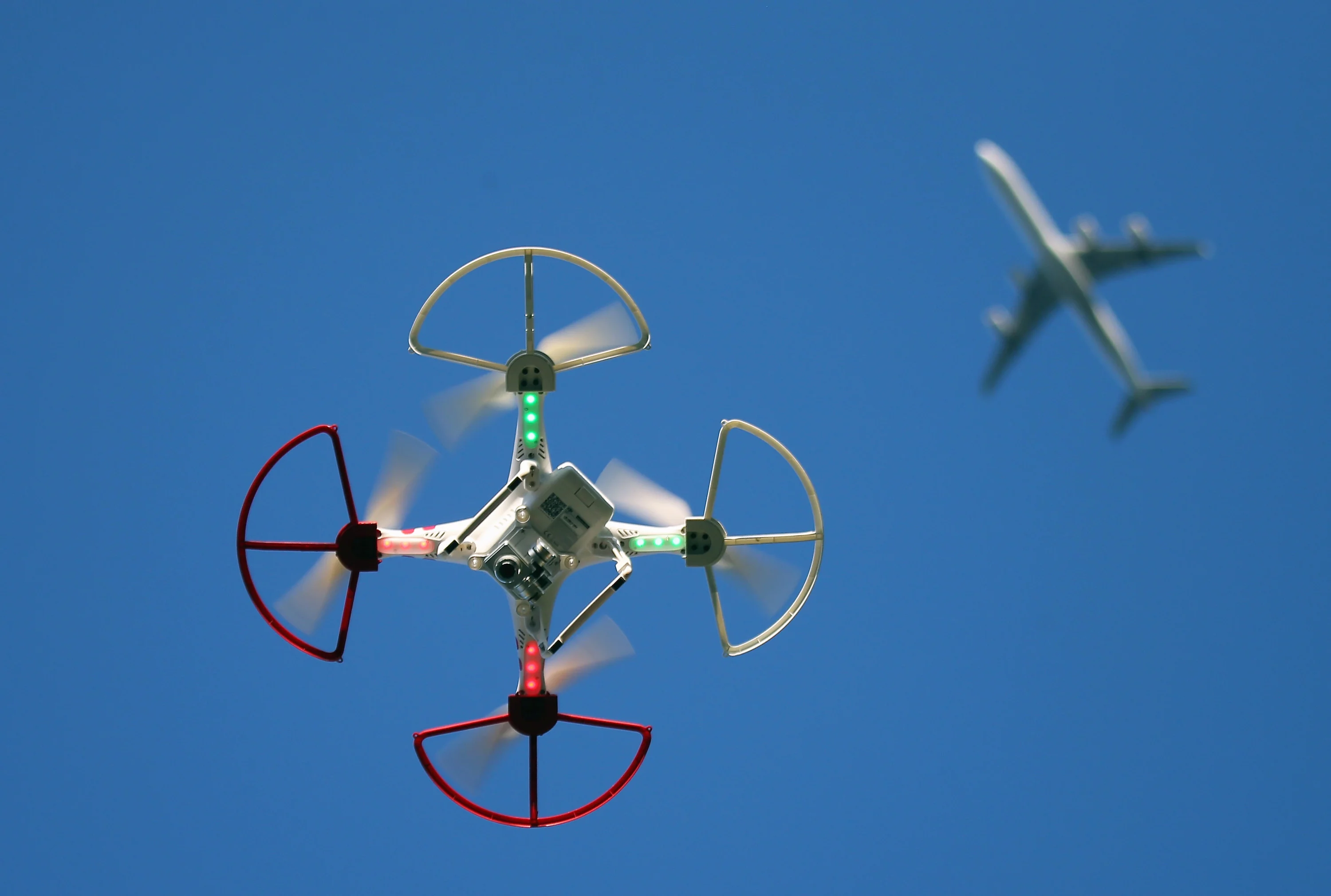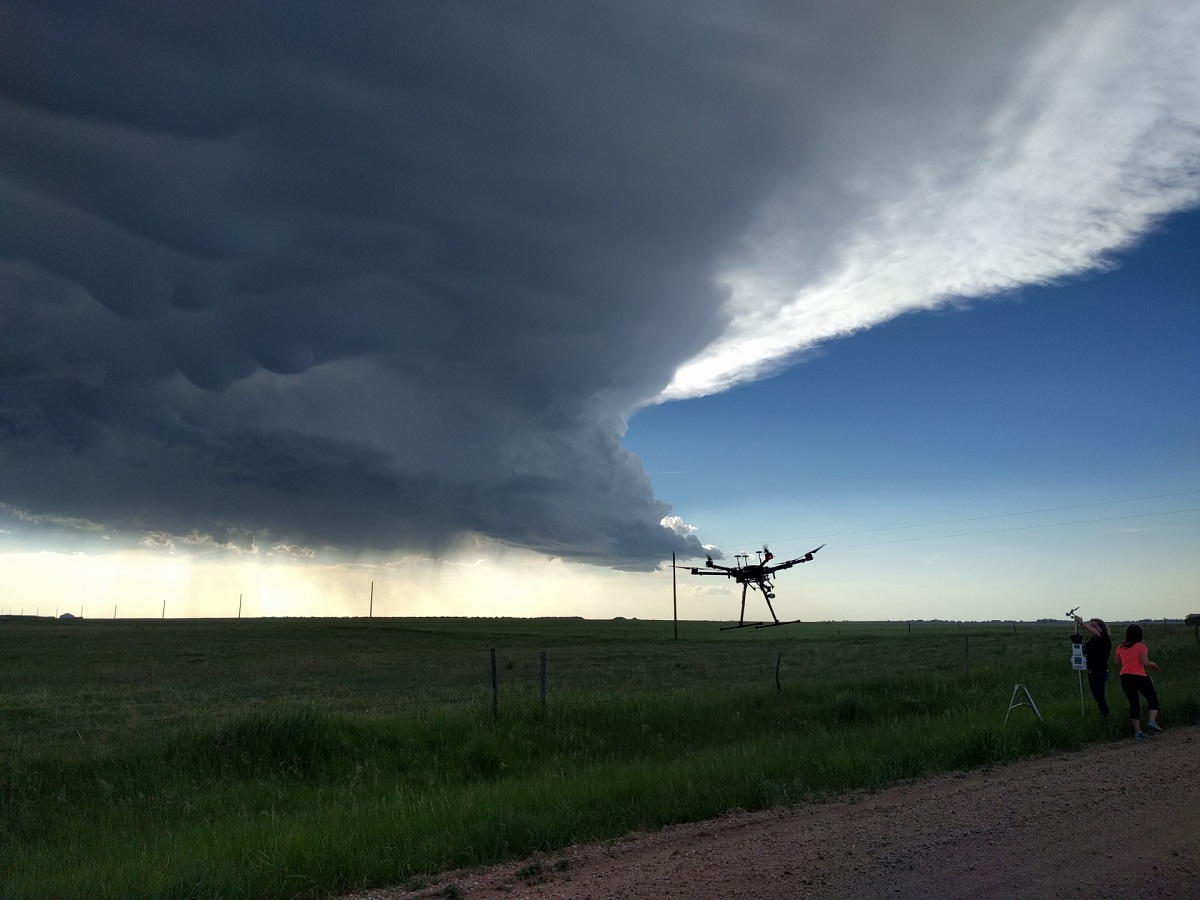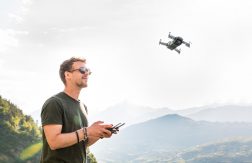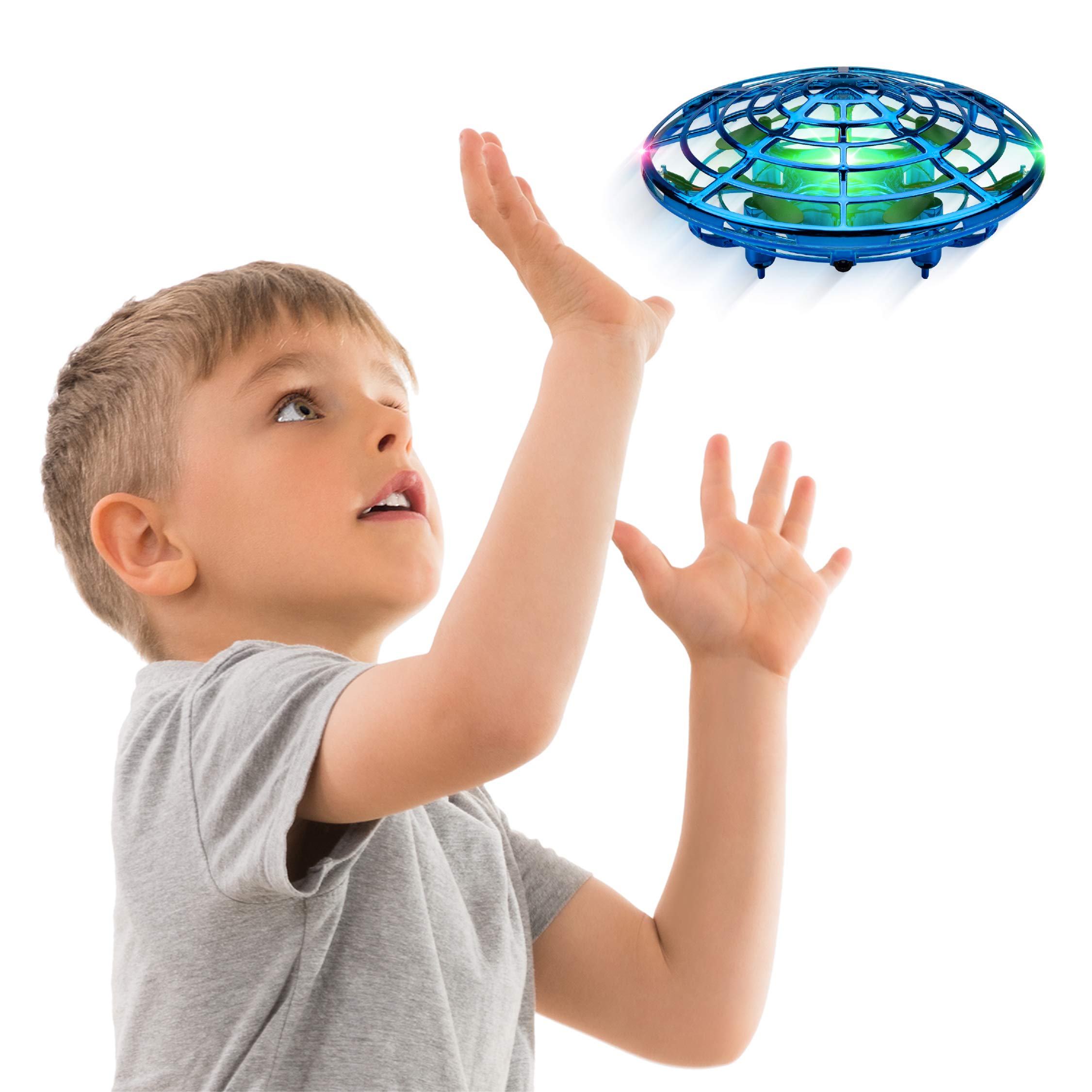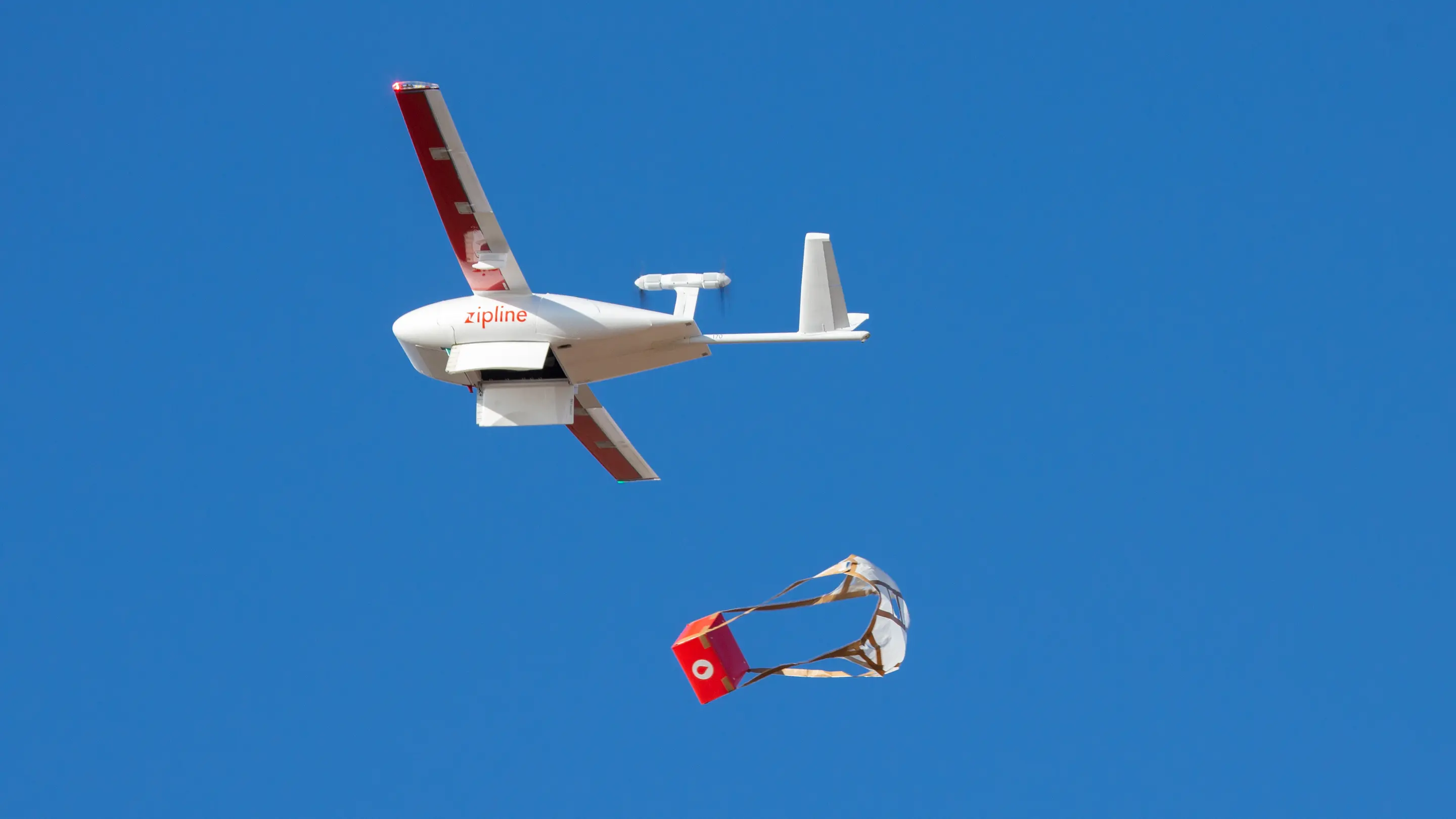Introduction
With the increasing popularity of drones, it is important for drone operators to be aware of the restricted areas where flying a drone is prohibited. While drones offer incredible aerial photography opportunities and recreational enjoyment, there are certain locations where flying a drone is not only prohibited but also poses serious safety and security concerns.
In this article, we will explore some of the key areas where drones are not allowed to fly, ensuring that drone operators comply with regulations and respect the privacy and safety of others. These restricted areas include national parks and wildlife refuges, airports and heliports, military bases and facilities, prisons and correctional facilities, government buildings and landmarks, sporting events and stadiums, emergency scenes and disaster areas, national monuments and historic sites, power plants and electricity facilities, as well as crowded public spaces and events.
By familiarizing ourselves with the restrictions and regulations regarding drone flights in these areas, we can ensure that our drone operations are responsible, legal, and considerate towards public safety and privacy concerns. So let’s delve into each of these restricted areas to understand the reasons behind the bans and make informed decisions when it comes to flying our drones.
National Parks and Wildlife Refuges
National parks and wildlife refuges are pristine natural areas that are home to diverse ecosystems and protected species. These areas are carefully managed to preserve their ecological balance and provide a sanctuary for wildlife. Therefore, flying drones in these areas is strictly prohibited in order to maintain the tranquility and integrity of the environment.
The presence of drones can disrupt the natural behavior and habitats of wildlife, causing unnecessary stress and disturbance. The noise and visual intrusion of drones can startle animals, disrupt feeding and mating patterns, and even lead to abandonment of nests or young. Additionally, drones can have a negative impact on sensitive vegetation, especially in fragile ecosystems.
Moreover, the safety of visitors is a paramount concern in national parks and wildlife refuges. Unmanned aerial vehicles such as drones can pose a risk to hikers, campers, and wildlife observers. The unpredictable movements and potential accidents associated with drone flights can cause injuries and property damage.
It is essential to respect the regulations set forth by national park authorities and wildlife refuges to protect these treasured natural areas and the wildlife that inhabit them. These regulations not only ensure the preservation of biodiversity but also allow visitors to experience the serenity of these environments without disturbance.
Airports and Heliports
One of the most critical areas where flying a drone is strictly prohibited is around airports and heliports. The airspace around these facilities is heavily regulated due to the potential risks drones pose to manned aircraft operations.
Drones can interfere with the operation of aircraft, posing a serious risk to aviation safety. The presence of drones in the vicinity of airports and heliports can distract pilots, obstruct their visibility, and potentially collide with aircraft, endangering the lives of passengers and crew onboard. Even a small drone can cause significant damage to an aircraft if it collides with critical components such as the engine or windshield.
Airports and heliports have designated restricted airspace, also known as the “no-fly zone,” in which drone operations are prohibited. These exclusion zones are established to protect the airspace surrounding these facilities and maintain the safe flow of air traffic.
It is crucial to respect these regulations and refrain from flying drones near airports or heliports. Ignoring these restrictions not only puts aviation safety at risk but also violates the law. Violators can face severe penalties, including fines and legal action.
It is important to stay up-to-date with airspace restrictions and consult official sources, such as the Federal Aviation Administration (FAA) or local aviation authorities, to determine the prohibited zones around airports and heliports. By doing so, we can ensure the safe operation of drones while maintaining the integrity of manned aircraft operations.
Military Bases and Facilities
Military bases and facilities are highly secure areas that play a critical role in national defense. As a result, flying drones near or over military bases is strictly prohibited. The restrictions are in place to protect the privacy, security, and operational integrity of these facilities.
Drones can pose a significant security threat when operating in proximity to military bases. They have the potential to gather sensitive information, perform surveillance, or even be used as a weapon. The unauthorized presence of drones in these areas can compromise national security and disrupt military operations.
Additionally, military bases often have restricted airspace where manned aircraft engage in training exercises and other operational activities. Unauthorized drone flights can interfere with these operations, potentially leading to accidents or compromising the safety of personnel on the ground.
It is important to note that military bases may have additional local regulations specific to their jurisdiction. It is advisable to consult with the relevant military authorities or government agencies to understand the specific restrictions and regulations pertaining to drone operation near military facilities.
By respecting the restrictions surrounding military bases and facilities, we contribute to the overall security and protection of our nation. It is crucial to prioritize safety and compliance in these areas to avoid any potential harm or legal consequences.
Prisons and Correctional Facilities
Prisons and correctional facilities are high-security areas where the confinement and rehabilitation of individuals convicted of crimes take place. Due to safety concerns and the potential for drones to aid in illegal activities, flying drones near or over prisons and correctional facilities is strictly prohibited.
Drones can be used to smuggle contraband items such as drugs, weapons, or cell phones into prison facilities, posing a significant security risk. The small size and maneuverability of drones make them difficult to detect and intercept. Unauthorized drone flights near prisons can enable criminals to bypass security measures and compromise the safety of inmates, staff, and the public.
Moreover, drones flying over prisons can infringe upon the privacy of inmates. Maintaining the dignity and wellbeing of individuals in custody is essential, and unauthorized drone operations can violate their privacy rights.
Given these concerns, most countries have implemented strict regulations regarding drone flights near prisons and correctional facilities. Violating these restrictions can result in legal consequences and severe penalties.
It is crucial to respect the importance of security and ensure compliance with the regulations surrounding prisons and correctional facilities. By doing so, we contribute to the overall safety and integrity of these institutions and help maintain order within our society.
Government Buildings and Landmarks
Government buildings and landmarks hold significant importance in the infrastructure and history of a nation. These locations often house important administrative offices, serve as symbols of national identity, or hold historical and cultural significance. To ensure the security and privacy of these sites, flying drones near or over government buildings and landmarks is strictly prohibited.
The ban on drone flights in these areas is primarily driven by security concerns. Drones have the potential to be used for surveillance or even as weapons, posing a threat to the safety and privacy of government officials, employees, and the public. Unauthorized drone operations near government buildings can disrupt normal operations and compromise the integrity of sensitive information.
Furthermore, flying drones near or over landmarks—such as monuments or memorials—can disrupt the peaceful atmosphere and show disrespect for the solemnity of these places. It is crucial to maintain the sanctity and reverence of these sites for future generations to appreciate and learn from.
Government buildings and landmarks are often protected by special security measures and have restricted airspace. Violating these regulations can not only result in legal consequences and fines but also endanger public safety and security.
It is essential to be aware of the rules and regulations specific to each government building or landmark. Consult the appropriate authorities or local law enforcement agencies to understand the restrictions surrounding drone flights in these areas.
By respecting the limitations on drone operations near government buildings and landmarks, we contribute to the preservation, security, and dignity of these significant sites.
Sporting Events and Stadiums
Sporting events and stadiums are venues where crowds of people gather to enjoy various sports competitions and entertainment. Due to safety concerns and the potential for drone interference, flying drones near or over sporting events and stadiums is strictly prohibited.
The presence of drones in the airspace above stadiums can pose significant safety risks. Unmanned aerial vehicles flying over crowded areas can malfunction, lose control, or collide with spectators, causing injuries or property damage. Moreover, drones can distract athletes and affect their performance, potentially leading to accidents or disruptions in the event.
Furthermore, drones equipped with cameras can infringe upon spectators’ privacy rights. Capturing photographs or videos without consent can be considered an invasion of personal privacy and compromise the overall enjoyment and comfort of attendees.
Given the potential hazards and concerns, regulatory bodies responsible for sporting events and stadiums have implemented strict restrictions on drone flights. Violating these regulations can result in legal consequences, as well as being subjected to fines or confiscation of the drone.
It is essential to be aware of the specific rules and regulations set by the event organizers or stadium authorities. This information is typically available on their websites or can be obtained through official channels. By adhering to these restrictions, we contribute to the safety, security, and smooth operation of sporting events while respecting the privacy and enjoyment of all attendees.
Emergency Scenes and Disaster Areas
During emergency situations and in the aftermath of disasters, the priority is to ensure the safety, well-being, and efficient response of personnel involved in rescue and recovery efforts. As a result, flying drones near or over emergency scenes and disaster areas is strictly prohibited.
The presence of drones in such situations can impede the work of first responders, including firefighters, police officers, and medical personnel. Drones can hinder helicopter operations, obstruct the view of emergency personnel, and disrupt the coordination of rescue efforts on the ground. In critical situations, any delay caused by unauthorized drone operations can be a matter of life or death.
Additionally, the use of drones in emergency scenes and disaster areas can jeopardize the privacy and dignity of individuals affected by the event. These are sensitive and vulnerable situations where people may be experiencing distress or trauma. Unauthorized drone flights can further exacerbate their distress and violate their privacy rights.
Most countries have strict regulations governing drone operations in emergency zones and disaster areas. This allows authorities to maintain control, ensure effective response and recovery efforts, and safeguard the safety of those involved. Violating these regulations carries significant penalties and may hinder the work of emergency responders.
It is crucial to respect the restrictions and understand the regulations prescribed by local authorities during emergency situations and in disaster areas. By doing so, we can support the timely and effective response efforts, preserve the privacy and dignity of those affected, and contribute to the overall recovery process.
National Monuments and Historic Sites
National monuments and historic sites hold cultural, historical, or architectural significance and are preserved for future generations to appreciate. Consequently, flying drones near or over these areas is generally prohibited to ensure their preservation and protect the visitor experience.
Drones can disrupt the peaceful atmosphere and serenity of national monuments and historic sites. The noise and presence of unmanned aerial vehicles can interfere with the enjoyment of visitors and hinder their ability to fully appreciate the cultural and historical significance of these places.
Furthermore, drones can pose a risk to the physical integrity of these sites. The close proximity of drones to delicate structures or fragile artifacts increases the potential for accidental damage or destruction. The safety of visitors and the conservation of these important cultural assets are paramount considerations.
Most countries have specific regulations in place for flying drones near national monuments and historic sites. Violating these regulations can result in penalties, fines, and legal consequences.
It is essential to respect the rules and guidelines established by the authorities in charge of managing and preserving these sites. Familiarize yourself with any restrictions on drone flights, whether it be outright bans or specific permissions required to operate drones near these areas.
By abiding by the regulations and avoiding drone flights near national monuments and historic sites, we contribute to the conservation and safeguarding of these cherished landmarks, while also respecting the experiences of visitors who come to enjoy and learn from their historical significance.
Power Plants and Electricity Facilities
Power plants and electricity facilities play a crucial role in generating and distributing energy to communities. Due to their critical infrastructure and potential safety hazards, flying drones near or over power plants and electricity facilities is strictly prohibited.
The presence of drones in the vicinity of power plants can pose significant risks. Drones can interfere with the operation of power lines or other equipment, potentially causing damage, disruptions, or even power outages. The electromagnetic fields generated by power plants can also interfere with drone navigation systems, leading to loss of control and accidents.
Furthermore, power plants and electricity facilities often have strict security measures in place to prevent unauthorized access and protect against potential threats like sabotage or terrorism. Drones can provide an aerial perspective and valuable reconnaissance tool that could compromise the security of these critical facilities.
Given these concerns, flying drones near or over power plants and electricity facilities is strictly regulated. Violating these regulations not only puts the operations and safety of the facilities at risk but also may lead to legal consequences and penalties.
If you need to conduct aerial inspections or surveys near power plants or electricity facilities, it is essential to obtain the necessary authorizations or permits from the appropriate authorities. These permits often require coordination with facility operators and adherence to specific safety protocols.
By respecting the restrictions and regulations surrounding drone flights near power plants and electricity facilities, we contribute to the safety, security, and reliable operation of these critical energy infrastructures.
Crowded Public Spaces and Events
Flying drones in crowded public spaces and events requires careful consideration, as it can present significant safety, privacy, and operational concerns. As a general rule, it is usually prohibited to fly drones in these areas to ensure the safety and enjoyment of the public.
The main reason for prohibiting drone flights in crowded public spaces and events is the potential risk to people’s safety. Drones can malfunction, lose control, or collide with individuals, leading to injuries or property damage. The dense concentration of people in these areas further increases the risks associated with drone flights.
Privacy is another crucial consideration. Drones equipped with cameras can intrude upon people’s personal privacy by capturing photographs or videos without their consent. The invasion of privacy can cause discomfort and breach the trust of individuals attending these public gatherings.
In addition to safety and privacy concerns, drone flights in crowded public spaces and events can also disrupt the smooth flow of activities and operations. Drones can distract performers, disrupt the line of sight for spectators, and interfere with the event’s logistics. Unauthorized drone flights in these areas can lead to chaos and potential accidents.
Regulations surrounding drone flights in crowded public spaces and events vary by country and local jurisdictions. It is crucial to familiarize yourself with the specific rules and permissions required for flying drones in these areas. Event organizers and local authorities often provide guidelines and permits for authorized drone operations.
By adhering to the regulations and respecting the safety, privacy, and operational considerations, we can ensure the smooth functioning and overall enjoyment of crowded public spaces and events for everyone involved.
Conclusion
As drone technology continues to advance and become more accessible, it is crucial for drone operators to be aware of the restricted areas where flying a drone is prohibited. Understanding the regulations and restrictions not only ensures compliance with the law but also promotes safety, privacy, and the preservation of important sites and environments.
In this article, we have explored various restricted areas for drone flights, including national parks and wildlife refuges, airports and heliports, military bases and facilities, prisons and correctional facilities, government buildings and landmarks, sporting events and stadiums, emergency scenes and disaster areas, national monuments and historic sites, power plants and electricity facilities, as well as crowded public spaces and events.
By respecting these restrictions, we contribute to the protection of sensitive ecosystems, the safety of manned aircraft operations, national security, the privacy of individuals, the preservation of historical sites, and the smooth functioning and enjoyment of public spaces and events. It is crucial to stay up-to-date with regulations, consult official sources, and obtain any necessary permits or authorizations to operate drones in restricted areas.
As responsible drone operators, we have the responsibility to operate our drones in a safe, considerate, and legal manner. By doing so, we can continue to enjoy the benefits of drone technology while minimizing any negative impacts on the environment, individuals, and sensitive areas.
Let us fly our drones with respect, awareness, and adherence to the restrictions, ensuring that our actions contribute to the overall well-being and positive experience for everyone involved.







